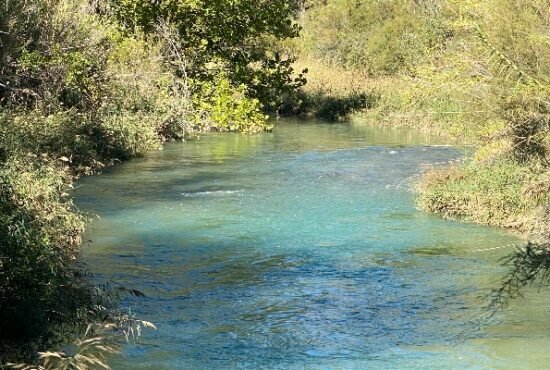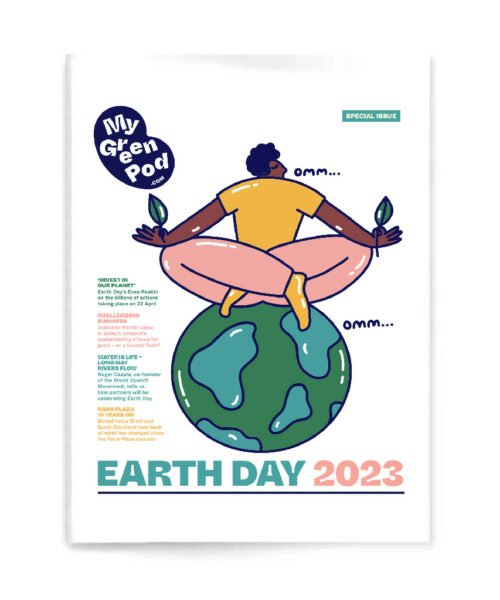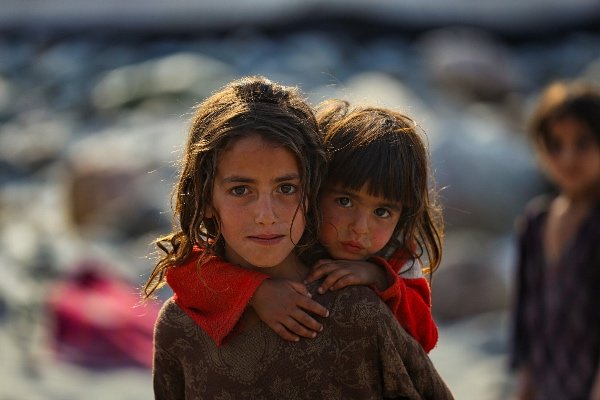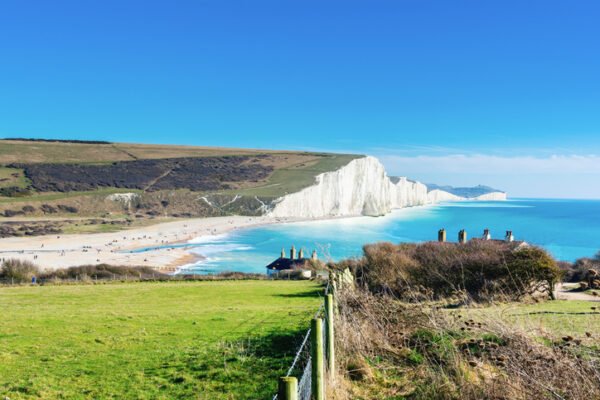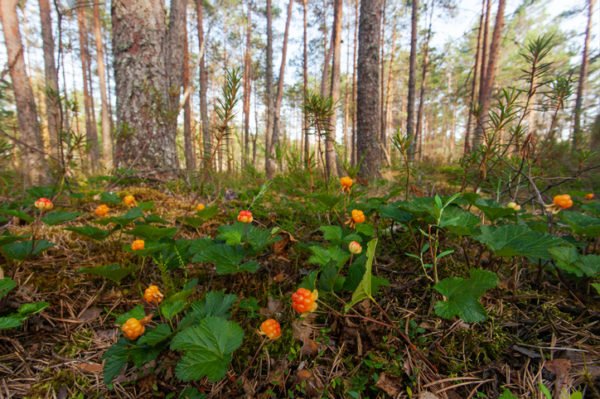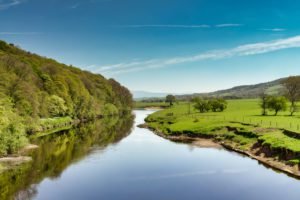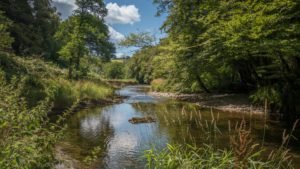Acción Andina: Saving a Global Water and Climate Hotspot
The Acción Andina social movement is led by Peruvian conservation non-profit ECOAN (Asociacion Ecosistemas Andinos). It is scaling up a community reforestation model, which has proved itself over the past two decades as a cost-effective solution for climate resilience.
The plan is to restore and grow 30 million trees by 2030 across a vegetative band spanning almost 800,000 hectares in Argentina, Bolivia, Chile, Colombia, Ecuador, Peru and Venezuela.
The ultimate aim is to protect and restore a forest area of one million hectares. 25,000 people from remote Andean communities are already engaged in restoring 5,000 hectares and protecting over 11,000 hectares of Andean forests.
They are expected to benefit from the initiative by 2030 in various ways, from access to medicine, solar panels and clean-burning clay stoves, to improved grazing management, sustainable agriculture, microbusiness and ecotourism management of Indigenous cultures.
It also works to secure land titles for local communities, protecting the forest from future mining, timber exploitation and other drivers of degradation.
Partners in this initiative include the Asociación Ecosistemas Andinos (ECOAN) and Global Forest Generation (GFG).
Sri Lanka Stopped Planting Mangroves – and Started Growing Them
In Sri Lanka, mangrove forests are immensely valuable coastal ecosystems that thrive at the border between land and sea and serve as an important bridge between marine and terrestrial biodiversity.
The livelihoods of coastal communities in Sri Lanka are highly dependent on marine and coastal ecosystems. Nevertheless, climate change and human activities are posing threats to this unique ecosystem.
The Sri Lanka Mangrove Regeneration Initiative is science-driven, co-led by local communities, and focused on restoring the natural balance in the ecosystem.
Since the initiative was launched in 2015, efforts have already resulted in 500 hectares of restored mangroves, benefiting 150 households. Some 10,000 hectares are slated for restoration by 2030, with 5,000 households to benefit and more than 4,000 new jobs to be created.
Partners in this initiative include the Sri Lanka Ministry of Environment and the governments of Australia, the UK and USA.
Terai Arc Landscape: Reviving Asia’s Mega-Fauna
Over seven million people depend on the Terai Arc Landscape, stretching across 2.47 million hectares and shared by India and Nepal.
It is also one of the world’s most critical habitats for tigers, whose numbers have sharply declined alongside those of other species such as rhinos and elephants, due to poaching, habitat loss, degradation and human-wildlife conflict.
The Terai Arc Landscape Initiative has focused on restoring the forests of critical corridors of the Terai Arc Landscape and collaborates with local communities working as citizen scientists, community-based anti-poaching units, forest guards and social mobilisers.
Along with other measures, the restoration of 66,800 hectares has supported the tiger population in the area, which has increased today to 1,170. That’s triple the population’s lowest number when the programme launched in 2001.
The restoration programme has improved the livelihoods of about 500,000 households and created 40,000 new jobs. Development is expected to continue as almost 350,000 hectares will be restored by 2030.
The World Wildlife Fund (WWF) Nepal is the primary partner in this initiative, supporting the Nepalese government.
Regreening Africa’s Agriculture
The Regreening Africa initiative has been using proven agroforestry techniques, adapted to suit the needs of farmers under varying socio-ecological contexts in the past two decades, to restore over 350,000 hectares in Ethiopia, Ghana, Kenya, Mali, Niger, Rwanda, Senegal and Somalia.
By 2030, a further five million hectares are planned to be restored.
The initiative is expected to benefit more than 600,000 households. It is also increasing carbon storage, boosting crop and grass yields, making soil more resilient (preventing floods) and treating it with fixed nitrogen that acts as a natural fertiliser.
Partners in this initiative include CARE Nederland, Catholic Relief Services, CIFOR-ICRAF, Oxfam, Regreening Africa, Sahel Eco and World Vision Australia.
Growing Forests in Africa’s Drylands
The Forest Garden Program, launched in 2015, includes multiple Forest Garden projects in Cameroon, the Central African Republic, Chad, The Gambia, Kenya, Mali, Senegal, Uganda and Tanzania.
Through researched agroforestry techniques, unsustainable farming practices are replaced and nature regenerates, as farmers receive essential training, supplies and equipment for their success.
By planting tens of millions of trees every year, it aims to expand from 41,000 restored hectares today to 229,000 hectares by 2030, supporting many more through 230,000 jobs created.
Partners in this initiative include the African Union and Trees for the Future.
 Play Video about This Rock Might Just Save The World
Play Video about This Rock Might Just Save The World Play Video about Play 2 hours of rock
Play Video about Play 2 hours of rock Play Video about Play 2 hours of brook
Play Video about Play 2 hours of brook Play Video about Play 2 hours of sheep
Play Video about Play 2 hours of sheep

